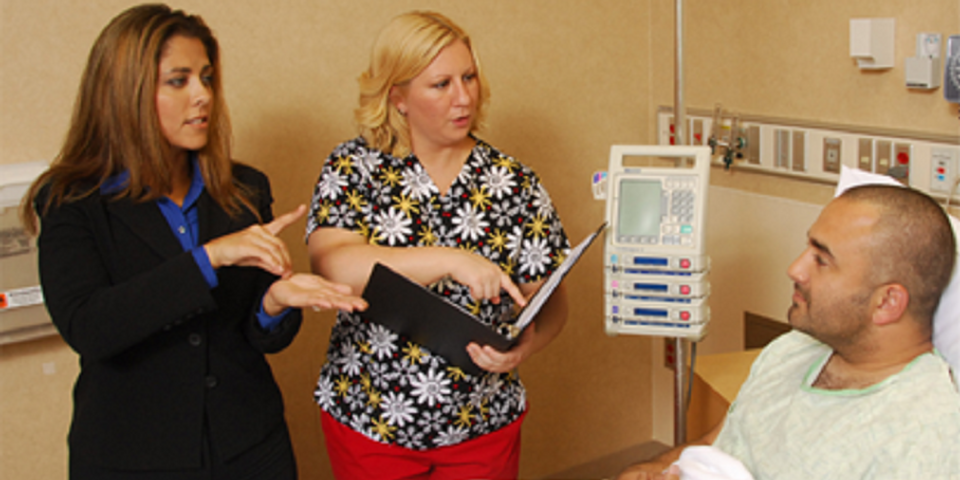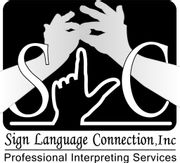3 Main Duties of a Sign Language Interpreter

American Sign Language(ASL) is the most common way for people who are Deaf or Hard of Hearing to express themselves in conversational settings. When a person doesn’t know ASL an interpreter who is fluent in ASL and English is one way to make it possible for them to communicate with people who are Deaf and use ASL. But, what exactly is the function of these professionals? Three main duties of sign language interpreters are listed here.
What Do Sign Language Interpreters Do?
1. Communicate the Message
First and foremost, it’s an interpreter’s duty to ensure that hearing and Deaf people are able to communicate with each other. They do this by relaying in Sign Language what a hearing person is saying, and relaying in spoken English what a Deaf person is signing. At all times, they work to avoid changing the message. They are also careful not to express their opinions, add to the conversation or take sides either way.
2 Convey more than words
 When people express themselves in the native language, they frequently include cultural and linguistic information that the other person may not be familiar with. The interpreting process requires recognizing when the information being relayed needs to include what either person doesn’t know because of their cultural background.. For example, when speaking in English, people often refer to experiences or information that assumes a Deaf person has knowledge about. This can present a challenge to interpret if the Deaf person has never had the experience or been exposed to the information if it is commonly share through sound, like the radio or in family conversations. Likewise, when a Deaf person refers to some situation or experience that is unique to Deaf people, this may not be easily understood by Hearing people. The interpreter must recognize when there is a possible gap, and know how to make what is said accessible to everyone present.
When people express themselves in the native language, they frequently include cultural and linguistic information that the other person may not be familiar with. The interpreting process requires recognizing when the information being relayed needs to include what either person doesn’t know because of their cultural background.. For example, when speaking in English, people often refer to experiences or information that assumes a Deaf person has knowledge about. This can present a challenge to interpret if the Deaf person has never had the experience or been exposed to the information if it is commonly share through sound, like the radio or in family conversations. Likewise, when a Deaf person refers to some situation or experience that is unique to Deaf people, this may not be easily understood by Hearing people. The interpreter must recognize when there is a possible gap, and know how to make what is said accessible to everyone present.
3. Be well prepared
Interpreters are often asked to interpret unfamiliar information. This could happen while interpreting an organic chemistry class at university, or during a patient doctor meeting where a medical diagnosis with options for treatment is being discussed. Knowing more about what you are interpreting makes it possible to be more accurate in the translation. Interpreters may request preparation materials, access to books used in a class, meeting agendas, powerpoint presentations or even songs that will be sung. They may need to familiarize themselves with the signs that are typically used in each context so that they can accurately convey in English what is being signed. Interpreters prepare for jobs in various ways and it helps to have people who request services assist in making materials available.
Are you seeking a qualified sign language interpreter who will perform all these duties and more? The team at Sign Language Connection in Rochester, NY, will be happy to help. Their professionals are highly trained and certified, and they have been working with area residents since 1990. To learn more about their offerings, visit them online. To inquire about hiring an interpreter, call (585) 454-4220.
About the Business
Have a question? Ask the experts!
Send your question

